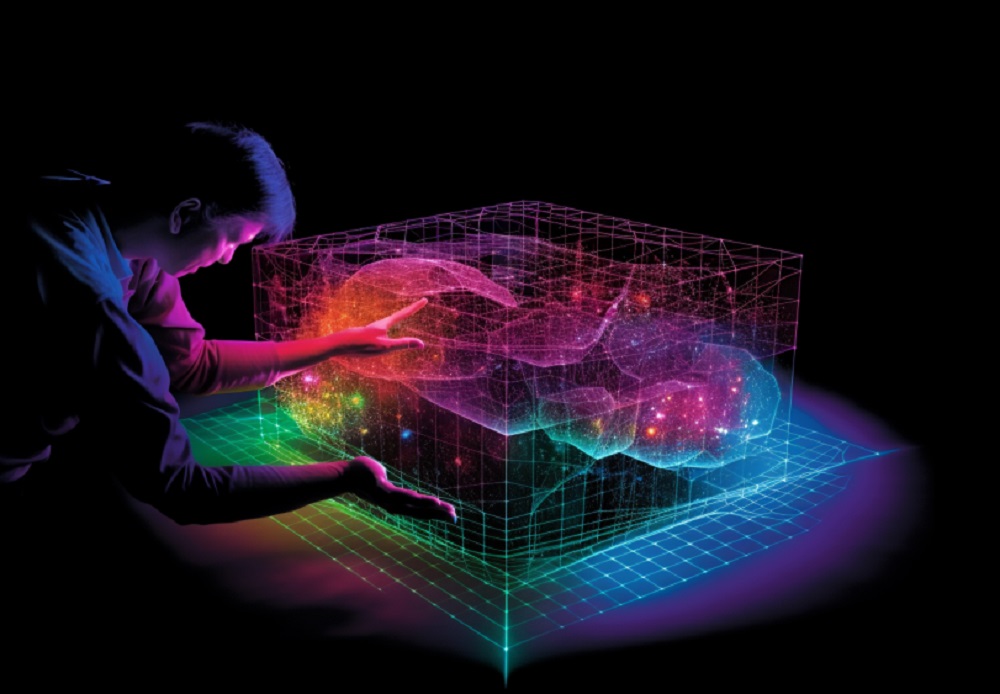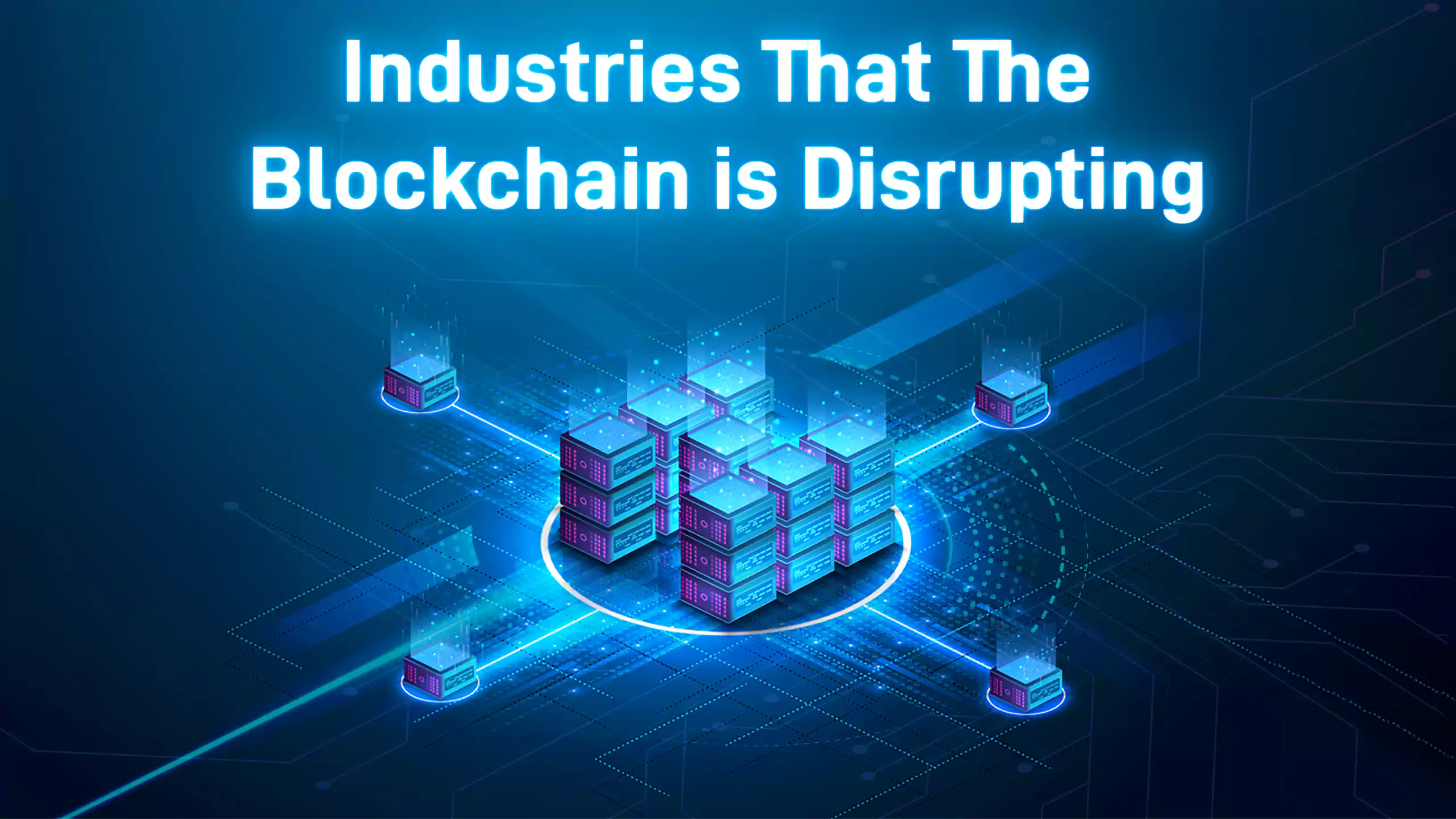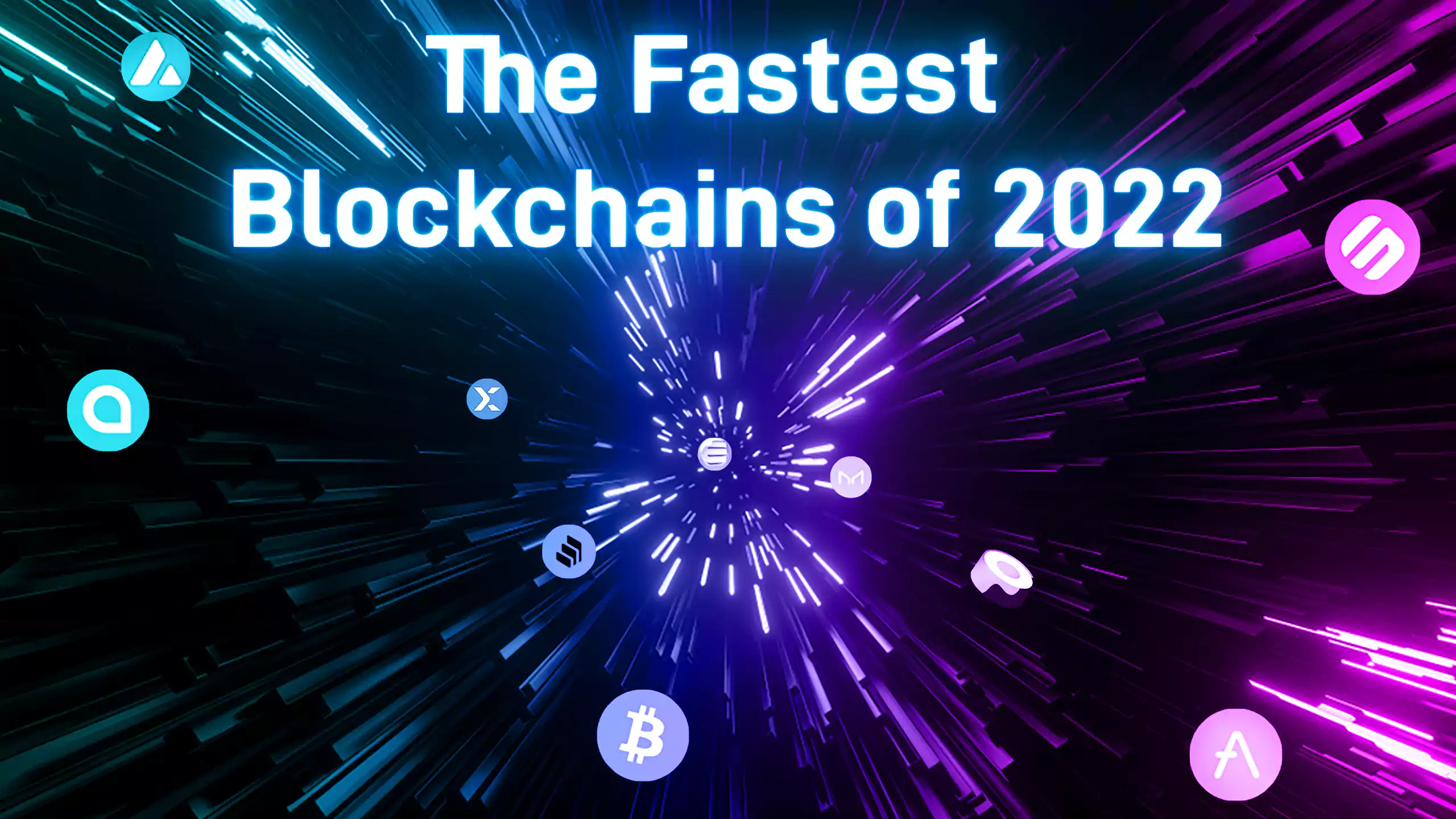The Potential of Web 3
1. Introduction to Web 3
The internet has become an integral part of our lives, connecting people, businesses, and information across the globe. However, the current internet infrastructure has limitations in terms of data privacy, security, and centralized control. Web 3, also known as the decentralized web, is poised to revolutionize the internet by leveraging blockchain technology and decentralized protocols. Web 3 aims to empower users, enhance privacy, foster trust, and create new possibilities for innovation and collaboration.
Web 3 introduces a fundamental shift in how we interact with the internet. It envisions a future where users have greater control over their data, participate in decentralized networks, and engage in peer-to-peer transactions without intermediaries. By decentralizing power and utilizing distributed ledger technology, Web 3 aims to overcome the shortcomings of the current internet and build a more open, secure, and inclusive digital ecosystem.
2. Principles of Web 3
At the core of Web 3 are a set of principles that guide its development and implementation. These principles include decentralization, open protocols, data ownership, privacy, and user empowerment. Decentralization ensures that no single entity has control over the network, promoting transparency and reducing the risk of censorship or manipulation. Open protocols enable interoperability and foster collaboration among different platforms and applications. Data ownership empowers users to control and monetize their own data, reducing reliance on centralized entities. Privacy is prioritized through encryption and user-centric approaches, giving individuals greater control over their personal information. Lastly, user empowerment emphasizes the active participation of users in shaping the direction and governance of the decentralized web.
3. Blockchain Technology and Web 3
Blockchain technology plays a pivotal role in enabling Web 3. It provides the underlying infrastructure for decentralized networks, secure transactions, and data integrity. Blockchain's distributed ledger ensures transparency, immutability, and trust, eliminating the need for intermediaries and central authorities. Smart contracts, built on blockchain, enable self-executing agreements and programmable transactions, facilitating automation and reducing reliance on third parties. The decentralized nature of blockchain ensures that no single entity has control over the network, making it a key component of the Web 3 ecosystem.
4. Decentralized Applications (dApps)
Decentralized applications, or dApps, are a central component of Web 3. Unlike traditional applications that rely on centralized servers, dApps leverage blockchain technology and decentralized protocols. These applications are open-source, transparent, and often community-driven. dApps enable peer-to-peer interactions, facilitate trustless transactions, and provide users with full control over their data. They span various industries, including finance, supply chain, gaming, social media, and more. By removing intermediaries and enabling direct interactions between users, dApps are revolutionizing the way we interact with digital services and platforms.
5. Tokenization and Digital Assets
Web 3 introduces the concept of tokenization, where real-world and digital assets are represented as tokens on the blockchain. Tokens can represent anything of value, including currencies, property, art, intellectual property, and more. Tokenization enables fractional ownership, liquidity, and new avenues for investment. Non-fungible tokens (NFTs), a type of token, have gained significant attention for their ability to represent unique digital assets such as artwork, collectibles, and virtual real estate. NFTs provide provable ownership, scarcity, and verifiable authenticity, revolutionizing digital ownership and creating new opportunities for creators, collectors, and investors.
6. Decentralized Finance (DeFi)
Decentralized Finance, or DeFi, is a prominent sector within the Web 3 ecosystem. It leverages blockchain technology to provide financial services without the need for intermediaries, such as banks or brokers. DeFi applications enable peer-to-peer lending, borrowing, decentralized exchanges, yield farming, and more. By removing traditional gatekeepers, DeFi promotes financial inclusion, transparency, and composability, allowing users to interact with various DeFi protocols seamlessly. However, it is important to note that DeFi also comes with risks and challenges, including smart contract vulnerabilities and regulatory considerations.
7. Web 3 and Data Privacy
Data privacy is a major concern in the current digital landscape. Web 3 aims to address this issue by giving users greater control over their personal information. Through self-sovereign identity solutions and decentralized storage, users can choose which data to share and with whom. Web 3 also promotes data interoperability and portability, allowing users to securely move their data across different platforms and services. By shifting the ownership and control of data back to the users, Web 3 aims to create a more privacy-centric internet experience.
8. Governance in Web 3
Governance is a critical aspect of Web 3, as it determines the decision-making processes and rules that govern the decentralized ecosystem. Web 3 governance models range from on-chain governance, where decisions are made through voting mechanisms embedded in the blockchain, to off-chain governance, which involves various stakeholders and consensus-building processes. Effective governance ensures transparency, accountability, and inclusivity in the development and evolution of Web 3 protocols, applications, and standards. The decentralized nature of Web 3 necessitates robust governance mechanisms to ensure the long-term sustainability and stability of the ecosystem.
9. Web 3 and Identity Management
Identity management is a key consideration in Web 3. Traditional online identity systems rely on centralized entities for verification and authentication, raising concerns about privacy and security. Web 3 offers self-sovereign identity solutions, allowing users to control their digital identities and selectively share information. Decentralized identity systems leverage blockchain technology to provide secure, verifiable, and tamper-proof identities. These systems enable users to have portable identities that can be used across different platforms and applications, reducing the need for multiple logins and enhancing user experience.
10. Web 3 and Internet of Things (IoT)
The integration of Web 3 with the Internet of Things (IoT) opens up new possibilities for secure and autonomous device communication. Web 3 provides a decentralized infrastructure for IoT devices to interact and transact directly, without relying on centralized servers. This enhances data privacy, security, and interoperability in IoT networks. By leveraging blockchain technology and smart contracts, Web 3 enables secure device authentication, data provenance, and peer-to-peer transactions among IoT devices. This convergence of Web 3 and IoT has the potential to transform industries such as supply chain management, energy grids, healthcare, and smart cities.
11. Web 3 and Artificial Intelligence (AI)
The combination of Web 3 and Artificial Intelligence (AI) holds immense potential for innovation and collaboration. AI algorithms can leverage the decentralized data available on the Web 3 to train models and provide personalized services without compromising user privacy. Web 3 infrastructure also facilitates the secure sharing and monetization of AI models and datasets. By combining AI with decentralized technologies, Web 3 promotes ethical AI, data privacy, and user-centric AI applications. The synergy between Web 3 and AI opens up new avenues for automation, predictive analytics, and intelligent decision-making.
12. Web 3 and Gaming
Gaming has emerged as a prominent sector within the Web 3 ecosystem. Blockchain-based games, also known as play-to-earn games, allow players to earn digital assets and cryptocurrencies through gameplay. These games leverage NFTs to represent in-game items, characters, and virtual land, providing true ownership and value to players. Web 3 also enables interoperability between different games, allowing players to transfer assets seamlessly across various gaming platforms. Furthermore, decentralized gaming platforms empower developers and content creators by giving them direct access to their audience and new monetization opportunities.
13. Web 3 and Content Creation
Web 3 revolutionizes content creation by empowering creators with new monetization models and ownership rights. Through NFTs, creators can tokenize their digital artwork, music, videos, and written content, allowing them to sell directly to their audience. NFTs provide provable ownership, authenticity, and the ability to earn royalties from subsequent sales. Web 3 platforms offer decentralized marketplaces, social networks, and crowdfunding platforms for creators to showcase their work, engage with fans, and receive direct support. This shift in content creation democratizes the industry, enabling creators to monetize their work more fairly and directly.
14. Web 3 Challenges and Scalability
While Web 3 holds great promise, it also faces several challenges that need to be addressed for widespread adoption. Scalability is a major concern, as current blockchain networks struggle to handle the transaction volumes required for mainstream use. However, ongoing research and development efforts are focused on improving scalability through techniques like layer-2 solutions, sharding, and consensus algorithm upgrades. Additionally, regulatory frameworks and legal considerations pose challenges to the adoption of Web 3 technologies in certain jurisdictions. It is essential to address these challenges collaboratively to ensure the successful growth of the Web 3 ecosystem.
15. Conclusion: The Future of Web 3
Web 3 represents a transformative shift in the internet landscape, offering a decentralized, trustless, and user-centric digital ecosystem. By leveraging blockchain technology, smart contracts, and decentralized protocols, Web 3 unlocks new possibilities for digital ownership, privacy, security, and innovation. It empowers individuals, fosters collaboration, and disrupts traditional intermediaries. While challenges remain, the potential of Web 3 to redefine the internet and reshape various industries is immense. Embracing Web 3 and actively participating in its development can lead to a more inclusive, transparent, and empowering digital future.






